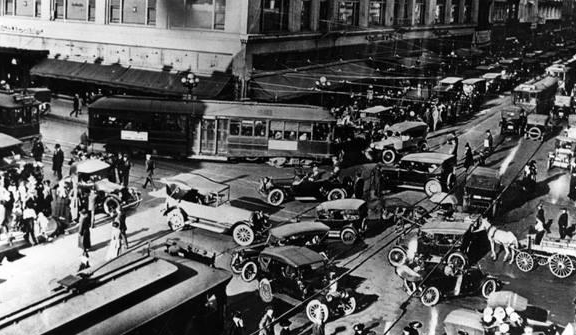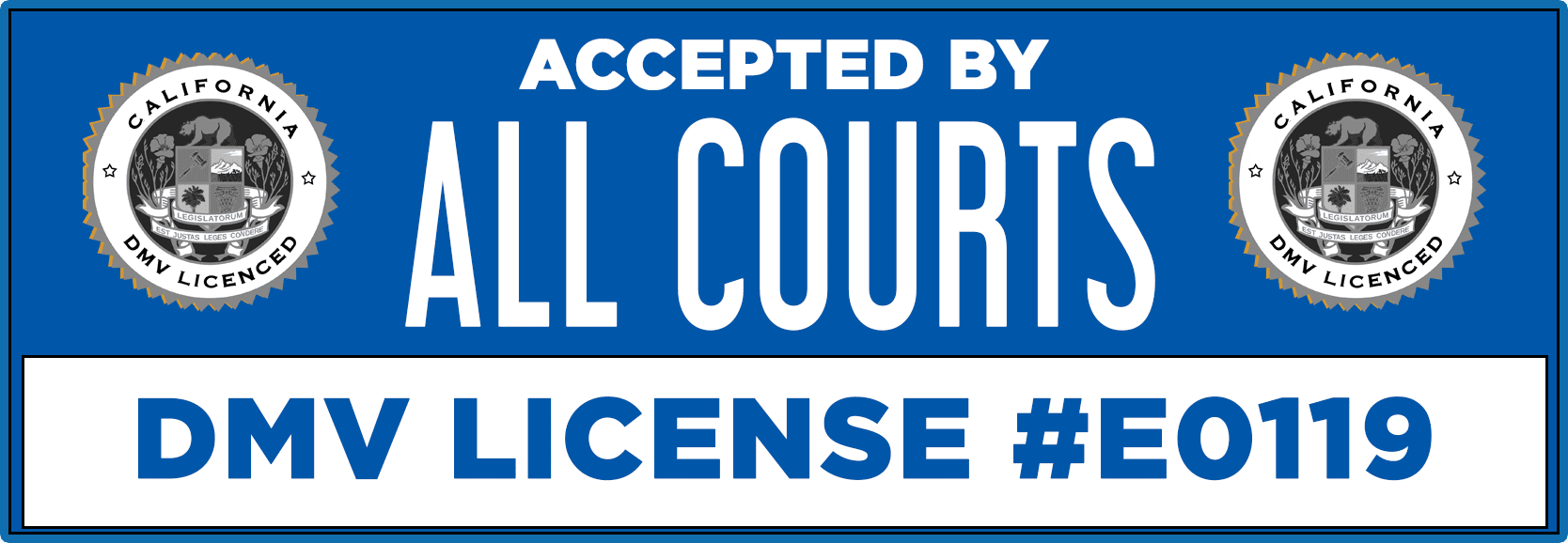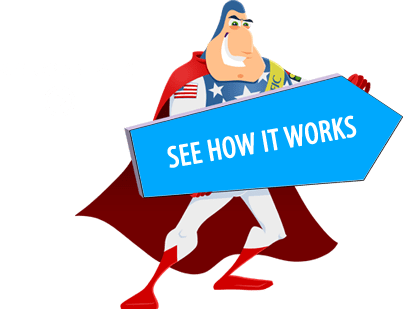The History of Traffic

When cars became popular, local governments established traffic laws to limit collisions with horse-drawn wagons and ensure safety. The mandatory registration of automobiles was one of the first traffic regulations in the United States. New York became the role model in 1901 by being the first state to require that automobile owners register their vehicles. By 1920, license plates were mandatory in all states. It took longer for the states to require a driver’s license. In 1935, there were just 39 states that issued the licenses and only a few tested applicants. Before the 1930s, most drivers received their training from automobile salesmen, nonprofit organizations such as the YMCA, family members and friends. Soon, however, driver’s education was provided in the high schools.
FATHER OF TRAFFIC SAFETY
It did not take cars long to clog the streets and cities to begin setting speed limits, installing traffic lights, designing one-way streets and adding parking meters. Yet, it did take drivers longer to start obeying these laws. The book “Rules of the Road” was written by William P. Eno in 1903. Eno, “the father of traffic safety,” introduced many road regulations, such as the need for slow traffic to remain to the right and cars to pass only on the left, as well as one-way streets, crosswalks for pedestrians, stop signs and safety islands. He believed that stoplights would never work and police would always be necessary at intersections. Ironically, he had his chauffeur drive him around. This is the History of Traffic.
OBEYING TRAFFIC LAWS
Traffic laws now make up a major part of most state regulations. Their main purpose is to improve unsafe driving and to provide education to bad drivers. Research shows that most people will obey the traffic laws, even when they hit a red light at 3 a.m. and there is not another car in sight. There is, however, a group of people who constantly get caught for ignoring the laws. Studies show that more people follow the laws when they think that there is a good chance of being caught and less adhere to them when they believe they can get away with it.
MOVING AND NON-MOVING VIOLATIONS
Since the beginning of traffic laws, drivers have received tickets for “strict liability” offenses. In other words, the person can be found guilty of breaking the law, without any criminal intent to do so. The police only need to prove that the person did not follow the law. Examples of these moving and non-moving strict-liability traffic offenses are: not properly using turn signals, going through a stop sign without making a full stop, driving a car with only one working headlight, speeding, driving too close to another car, not putting enough money in a parking meter and parking in a loading zone. In most cases, except for instances such as driving under the influence and a hit and run, the driver does not have to go to criminal court. Fines can be large, however, for offenses such as speeding, and a driver may lose his or her license after accumulating a number of points for traffic violations.





